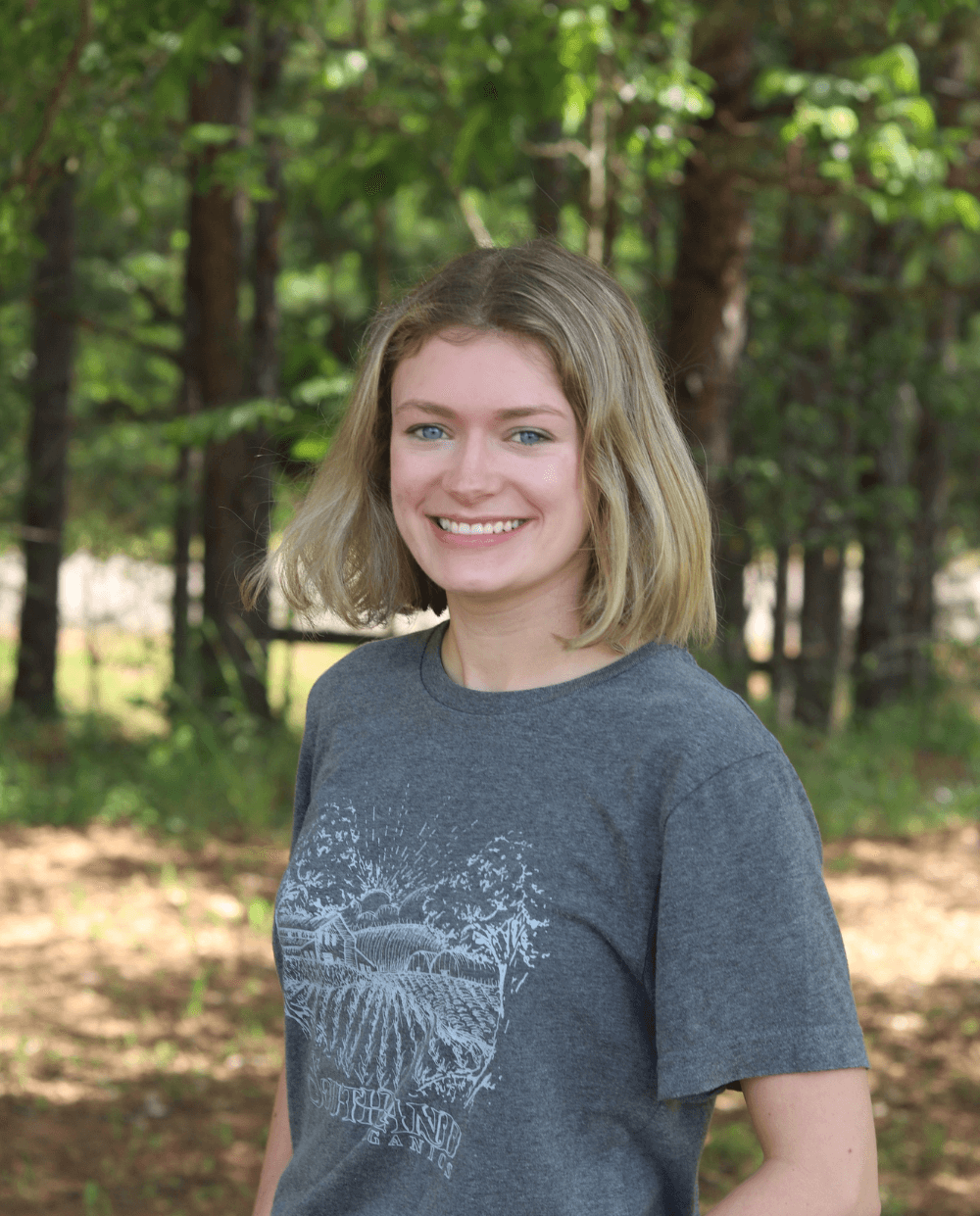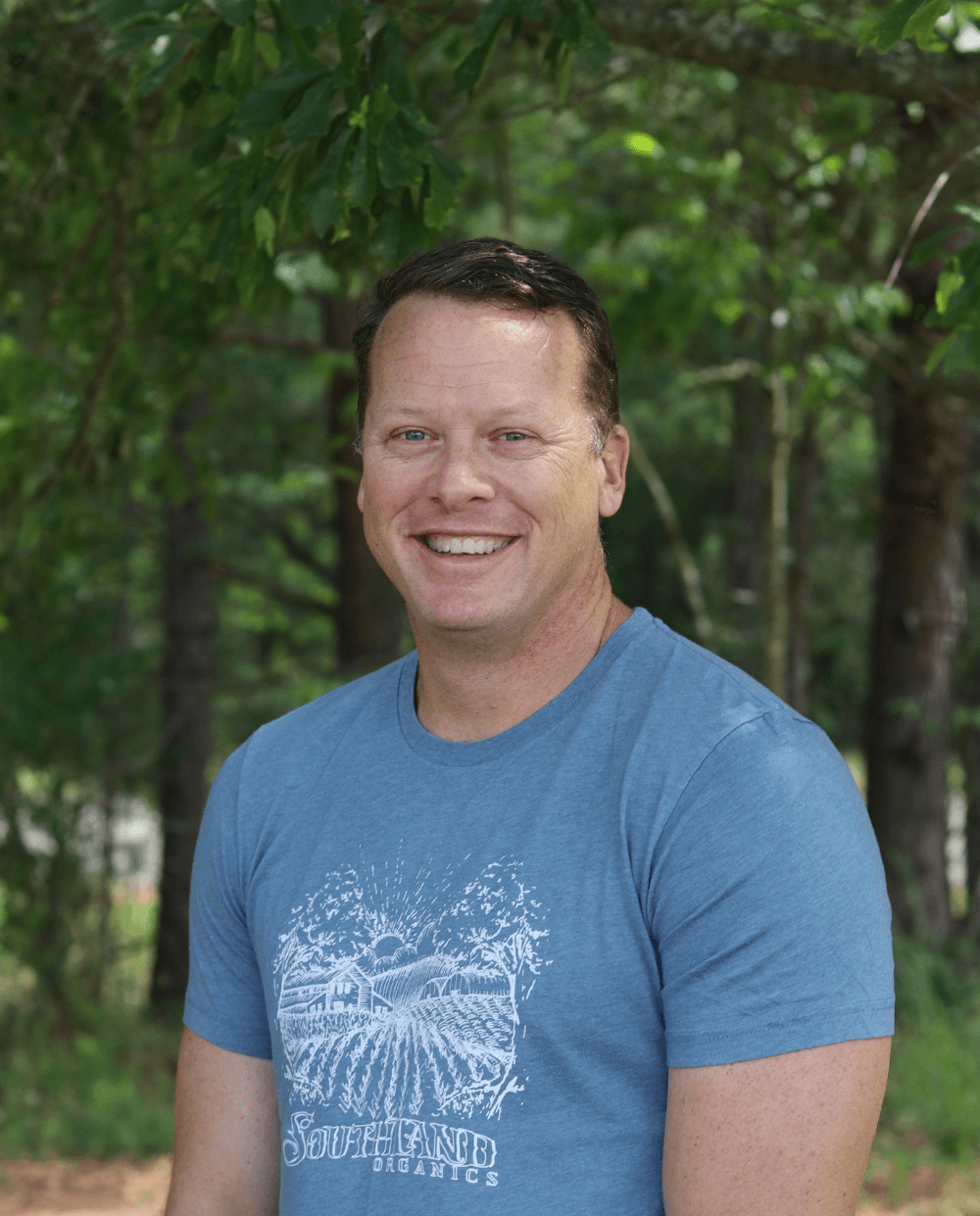Homemade floor cleaner is not the only safe option.
It's time to ditch homemade floor cleaner. While a DIY mopping solution is admirable and often safer than store-bought solutions with harsh chemicals, it takes much more time and effort and is less effective than another natural floor cleaner, bio surfactant.
Bio surfactants clean floors by breaking down organic matter buildup and debris. They can break surface tension, making them capable of reaching places water cannot. This is how they eliminate biofilm formation and waste buildup on floors. And since they have a biological origin, they're safe to use in your home, even around kids and pets!
Pure B.S.


Our bio surfactant is called Pure B.S. Why? Because its only ingredient is B.S. (bio surfactant)! The base of Pure B.S. is a biological surfactant produced by Bacillus bacteria. This makes it both non-corrosive and non-hazardous. Pure B.S. can be mixed with water to clean any hard floor surface, from laminate flooring to wood floor.
-
All-natural floor cleaner
-
Non-corrosive
-
Eco-friendly and non-hazardous
-
Eliminates odors
-
Breaks down organic matter
-
Made in the USA
Natural Floor Cleaner Ingredients
Ingredients in homemade floor cleaners:
Homemade floor cleaner recipes can consist of a wide variety of ingredients, and there are countless recipes available online with little evidence of any one option working well.
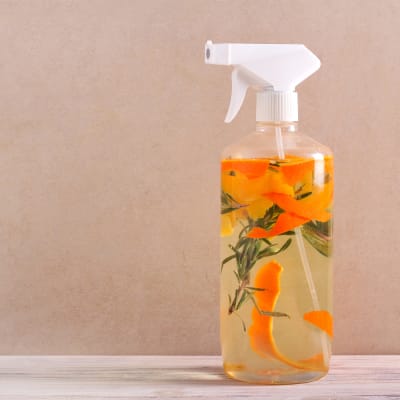
-
Liquid dish soap
-
Rubbing alcohol
-
Baking soda
-
Essential oils (like tea tree oil)
-
Washing soda
-
Apple cider vinegar
-
Distilled white vinegar
-
Castile soap
-
Hot water
-
Vegetable oil
-
Lemon juice
-
Laundry detergent
...and the list goes on.
Ingredients in bio surfactant floor cleaner:
-
Biological surfactant produced by bacillus bacteria
-
Soap
-
Beneficial microbes
Yep, that's it! Using Pure B.S. as a floor cleaner is far simpler, much more effective and just as natural as DIY floor cleaner.
How to Use Bio Surfactant as a Floor Cleaner
For floor cleaning, add four ounces of Pure B.S. per gallon of clean water and mix. Soak a mop head with the mixture and mop hard flooring, focusing on problem areas.
Pure B.S. can be used on:
-
Wood floors
-
Tile floors
-
Hardwood floors
-
Laminate wood floors
-
Laminate floors
-
Vinyl flooring
-
And more!
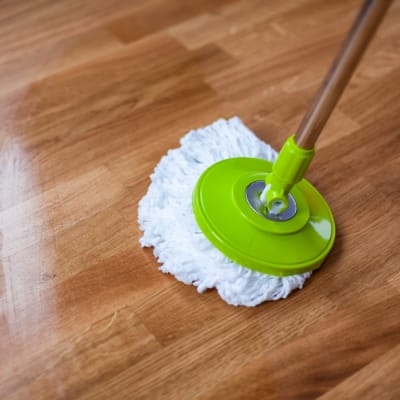
Other Uses
Pure B.S. is very versatile. You can also use it to clean cooktops, walls and countertops. Add five ounces of Pure B.S. to a 32 ounce spray bottle and fill with clean water. Spray and wipe to clean!
Due to its ability to break down organic matter, Pure B.S. is often used as a drain cleaner, too. Apply 1 oz. of Pure B.S. Biological Surfactant to clogged or fly-ridden drains and let soak. For best results, apply to each drain once a week.
What are surfactants?
Surfactant is short for surface active agents. They are amphiphilic molecules, which means they have a hydrophobic or “water-hating” tail and a hydrophilic or “water-loving” tail.
Because of this unique chemistry, these amphiphilic molecules exist at the interface between oil and water. They make it possible for the two to mix by reducing surface tension. This is why you will hear surfactants referred to as “wetter than wet.” They can reach places water would not be able to, making them capable of cleaning floors and other hard surfaces very well.
Surfactants' ability to break surface tension make them a great tool for eliminating biofilm and waste buildup. Biosurfactants, like those in Pure B.S., are simply surfactants of microbial origin.
What is a bio surfactant?
Pure B.S. is made of biological surfactants, soap and beneficial microbes. As a surfactant, molecular structure is the secret behind the cleaning power of Pure B.S.
Bio surfactants are surfactants that are of biological origin and have a specific molecular structure. Their hydrophobic component is made up of fatty acids, and their hydrophilic component is made up of amino acids, peptides, (poly)saccharides or sugar alcohols.
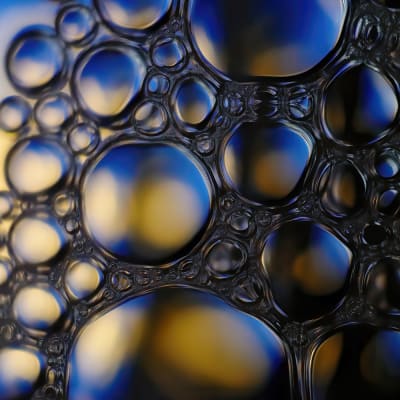
Natural Surfactants
Some natural surfactants are derived from plants like coconut or palm. Pure B.S. comes from Bacillus bacteria. Despite being more gentle, natural surfactants have similar solubilizing, emulsifying, dispersing, detergent and stabilizing properties as chemically-synthesized surfactants.
Biosurfactant molecules are widely used as antioxidants and antimicrobial ingredients for their ability to reduce surface tension. Micelles are aggregations of biosurfactant molecules. The concentration at which micelles start forming is called the critical micelle concentration, or CMC. The CMC determines the point at which surfactants can reduce surface tension and change substances of amphiphilic nature. In nature these are survival mechanisms to competitively exclude other microbes from their environment.
Surfactins
One exceptionally unique type of surfactant in Pure B.S. is referred to as a surfactin. Surfactins are extremely powerful surfactants produced by strains of B. subtilis bacteria. In nature, Bacillus produce this chemical as a form of chemical warfare to occupy a space and kill competing species.
For this reason, surfactins are most commonly used as an antibiotic against species other than Bacillus! Similar substances have been shown to have antiviral as well as antifungal effects. We use this surfactin as a component in Pure B.S. and as a powerful agent against biofilm formations.
Biosurfactant Structure
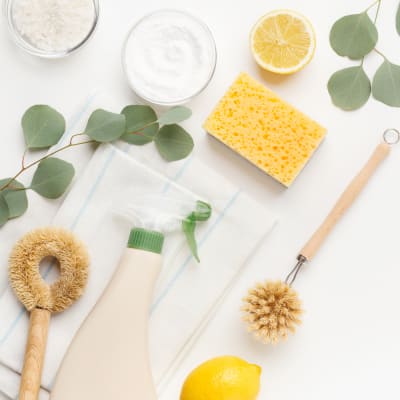
A surfactant is categorized as a biosurfactant when it is derived from microbes. Also referred to as surfactins, they're made up of of a hydrophilic part of a molecule made up of amino acids, peptides, (poly)saccharides or sugar alcohols and a hydrophobic part of a molecule consisting of fatty acids. This is similar to the structure of synthetic surfactants.
The hydrophobic portion is composed of fatty acids that vary based on their source. Surfactants from palm will contain different fatty acids than those made by microbes. The hydrophilic portion of the molecules are made of free amino acids, peptides, saccharides, and alcohols which can also vary.
The most commonly used surfactants are Anionic surfactants. This is because they tend to provide the greatest amount of foam and the strongest cleaning power. The most widely-used anionic surfactant is SLS (Sodium lauryl sulfate or Sodium Laureth Sulfate). It can be found in health and beauty products like toothpaste, shampoo and shower gels.
Another type of surfactant is a cationic surfactant. Cationic surfactants have a positive charge that is attracted to the negative charge in hair, helping keep it smooth and reduce frizz.
Get cleaning with Pure B.S.
Ditch the homemade floor cleaner and start mopping with all-natural, effective Pure Bio surfactant. You can learn more about Pure B.S. here.
If you have any questions, feel free to reach out to us at success@southlandorganics.com. Also check out our other blogs and YouTube channel!

